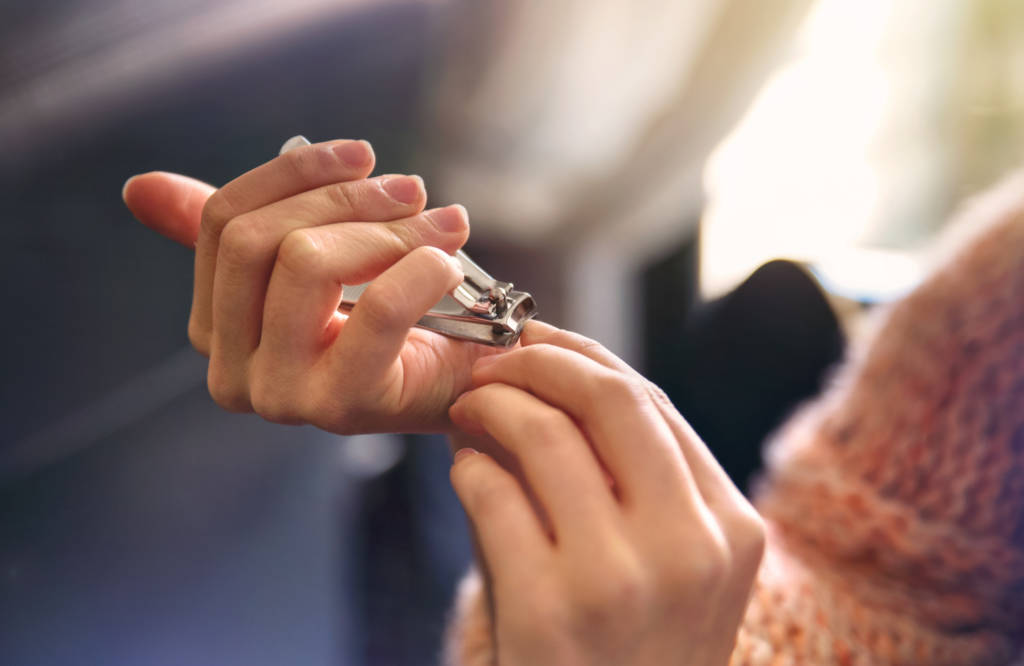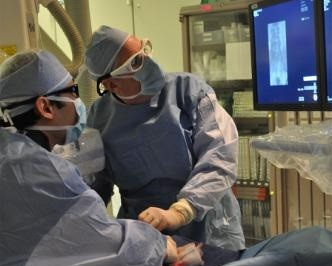As the Hispanic population in the United States continues to grow, the incidence of skin cancer among this population is growing too. Moreover, Hispanic patients are more likely to be diagnosed with the disease in its more advanced stages, when it’s more difficult to treat.
Many Latinos, however, don’t believe they’re at risk, according to board-certified dermatologist Maritza I. Perez, MD, FAAD, a clinical professor of dermatology at the Icahn School of Medicine at Mount Sinai in New York. “The belief that Hispanic people don’t have to worry about skin cancer has existed among Latinos for generations,” she says. “They hear it from their parents and grandparents, and then they pass this belief on to their children.”
Exposure to ultraviolet radiation from the sun and indoor tanning beds is the most preventable skin cancer risk factor. Many Hispanic people, however, believe they’re protected from the sun because they have darker skin tones, Dr. Perez says, and those who get sunburned don’t realize that the damage to their skin is increasing their skin cancer risk.
As a result, Dr. Perez says, many Latinos don’t take steps to protect themselves from the sun’s harmful UV rays. Furthermore, she says, some Hispanic people go indoor tanning before spending time in the sun, under the false belief that a “base tan” will protect them. She advises all her patients, regardless of skin color, to stay out of indoor tanning beds and protect themselves from the sun.
Because skin cancer is most treatable when detected early and Latinos are more likely to be diagnosed with the disease in its advanced stages, Dr. Perez says, it’s also important for this population to perform regular self-exams to look for new, changing or suspicious spots on their skin. People with skin of color are prone to skin cancer in unusual areas — like on the palms of the hands and the soles of the feet, under the nails, and inside the mouth — so she recommends that Hispanic patients be especially vigilant in performing skin self-exams.






